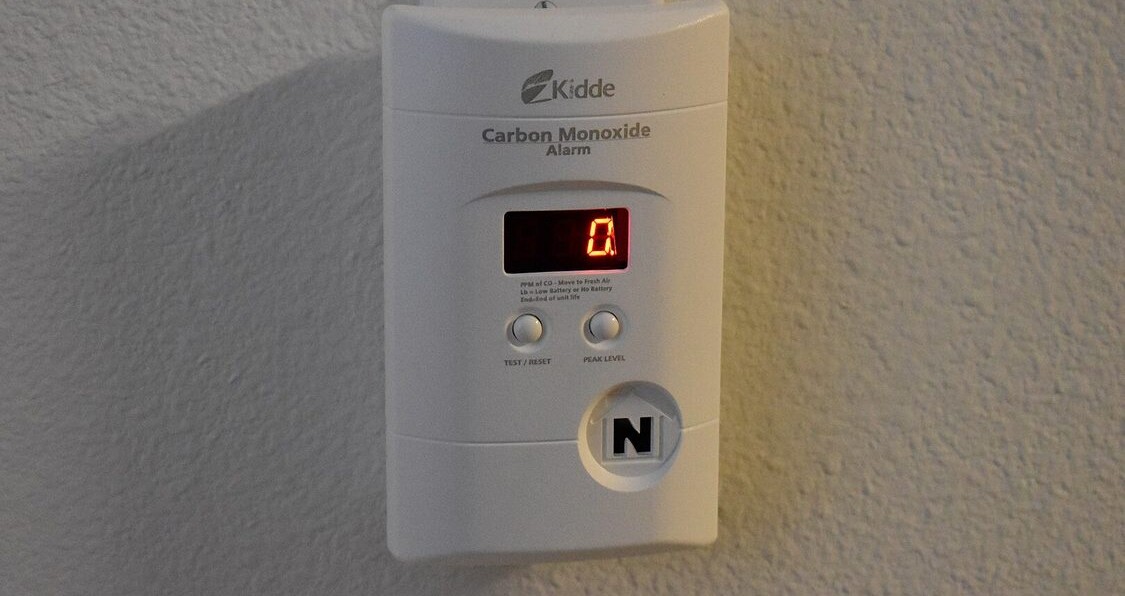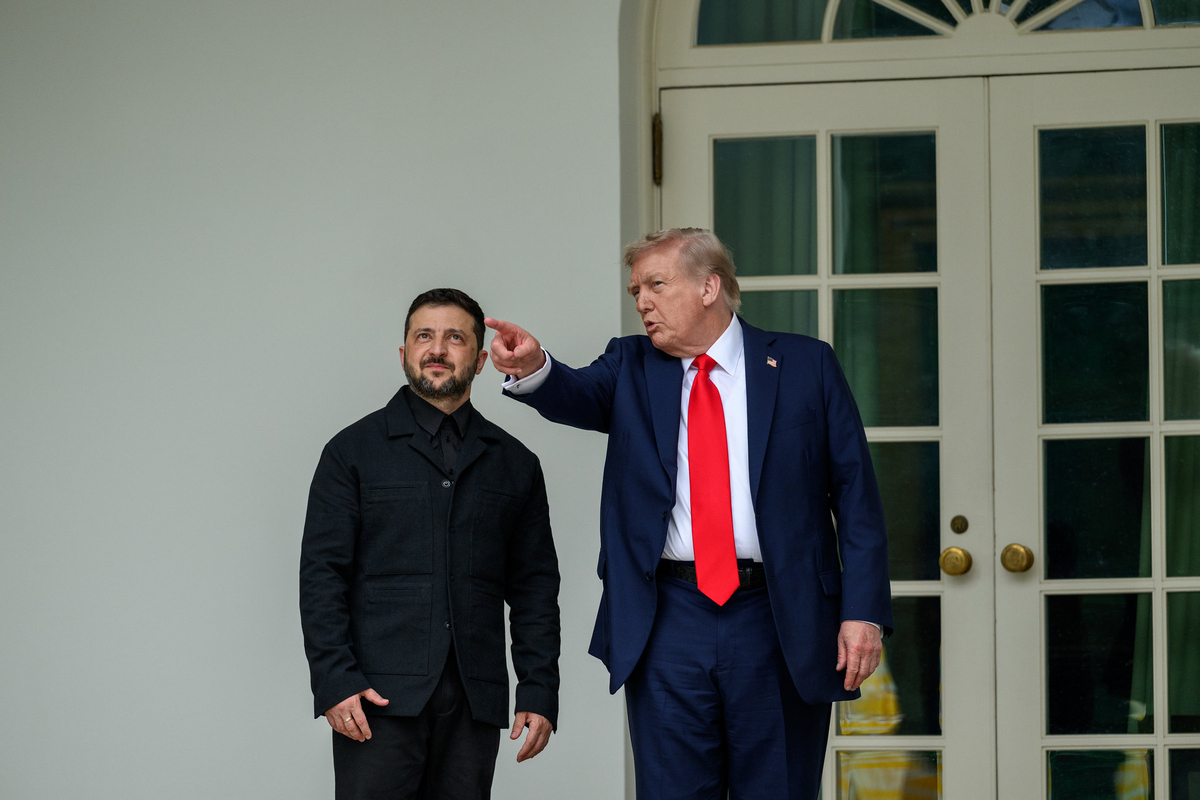WASHINGTON DC – US President Donald Trump is inching closer to a landmark decision on supplying Kyiv with long-range Tomahawk cruise missiles, a move that Western officials say was largely triggered by Russia’s latest devastating attacks on Ukraine’s power grid.
This gambit is strategically calculated not only to bolster Ukraine’s defense but also to force reluctant European allies, particularly Germany regarding its Taurus missile, “to follow suit,” according to sources knowledgeable about the matter who spoke to Kyiv Post on Monday.
JOIN US ON TELEGRAM
Follow our coverage of the war on the @Kyivpost_official.
The potential delivery of the US Navy’s signature 1,550-mile-range weapon marks a significant shift in US policy, which Trump views as the necessary catalyst for ending European hesitation.
This pressure is already yielding public diplomatic movement, with German Chancellor Friedrich Merz announcing on Monday that he would speak with Trump about “our joint efforts to also help bring an end to the war in Ukraine.”
Diplomatic push: Zelensky-Trump summit
The culmination of this strategic maneuvering will be a high-stakes meeting in Washington. Ukrainian President Volodymyr Zelensky is set to visit Trump at the White House on Friday as part of a trip focused on securing crucial capabilities.
Trump’s recent signals indicate a growing frustration with Russia’s refusal to engage in peace talks, leading to a potential pivot on long-range arms that Moscow has previously warned would destroy bilateral relations.
Other Topics of Interest
Polish Aid for Ukraine: The Scale and Latest Challenges
Poland has provided €25 billion in aid to Ukraine, ranking third globally. A government report reveals the full scale of support from both the state and society.
Emphasizing this ultimatum, Trump on Sunday mused about the prospect: “I might say [to Russia], ‘Look, if this war is not going to get settled, I’m going to send them Tomahawks.’”
He continued, “The Tomahawk is an incredible weapon, very offensive weapon. And honestly, Russia does not need [to see] that.”
The threat itself is designed to put massive pressure on both Moscow and hesitant Western partners, sources told Kyiv Post.
Zelensky announced his upcoming DC visit on social media, stating the main focus is “air defense and our long-range capabilities aimed at exerting pressure on Russia for the sake of peace.”
He confirmed his delegation – including the Prime Minister and top defense and security officials – had already departed, and that he would also meet with defense and energy companies.
Eyeing strategic defense cooperation
Zelensky’s visit will also explore Ukraine’s potential role in the US’s domestic missile defense strategy, another source told Kyiv Post.
This connection is part of Trump’s vision for the “Golden Dome for America” missile defense initiative, a program designed to modernize US defenses against all kinds of aerial threats, including hypersonic missiles, amid growing threats from nuclear adversaries like Russia, China, and North Korea.
The link to US homeland defense programs suggests that the Tomahawk decision is not just about foreign aid, but about integrating Ukraine’s military struggle into a broader, forward-looking American security strategy, sources explained.
Strategic impact on Russia
The Tomahawk discussion is viewed by analysts as a calculated escalation with multiple aims, including directly affecting Russia’s ability to wage war, according to Glen Howard, the President of the US-based think-tank Saratoga Foundation.
“I believe Trump is leveraging his recent actions in Gaza to aggressively reinvigorate a ‘maximum pressure’ campaign against Russia,” Howard told Kyiv Post, He added: “Speculatively, he might even be inviting President Zelensky to publicly announce the transfer of Tomahawk cruise missiles.”
Howard suggests the delay was a “final warning to Putin – a ‘last chance’ message suggesting, ‘I told you so, but you chose not to pursue peace.’”
The expert also focused on the technical and strategic shift: “The addition of the Tomahawks could be the ‘kiss of death’ for Russia’s refining capacity,” he said.
Regarding European pressure, Howard suggested: “If the US provides Ukraine with Tomahawks, it would undoubtedly increase pressure on Germany, which has thus far resisted providing the Taurus despite significant speculation.”
This move changes the strategic landscape considerably, particularly regarding the Kerch Strait Bridge and its future,” he concluded.
Humanitarian crisis: the driving urgency
The primary catalyst for Washington’s aggressive policy shift is the growing humanitarian disaster resulting from Russia’s targeted, massive air campaign ahead of winter, as highlighted by Yuriy Boyechko, CEO of the US-based non-profit Hope for Ukraine.
Speaking to Kyiv Post on Monday, Boyechko highlighted, citing Zelensky, that Russia launched a staggering volume of aerial weapons last week – over 4,500 drones, missiles, and glide bombs – marking one of the most intense periods of air attacks since the full-scale invasion began.
“This volume of weapons… shows that Russia is pouring massive resources into its air campaign, attempting to overwhelm Ukraine’s air defenses,” he said.
He underscored the calculated cruelty of the attacks: “This isn’t random fighting; it is a clear, calculated military strategy designed to create a massive humanitarian disaster.”
The attacks are specifically targeting power plants, substations, and gas infrastructure,” he emphasized, adding “This is a terrifying tactic intended to cut off heat and electricity to millions of families across Ukraine, including in major cities like Kyiv and Odesa, just as winter temperatures begin to drop.”
Boyechko concluded with a clear appeal: “If Western allies cannot close the sky over Ukraine, then they must ensure Ukraine can quickly repair damaged infrastructure and provide backup power where repairs are impossible.”
First Appeared on
Source link













